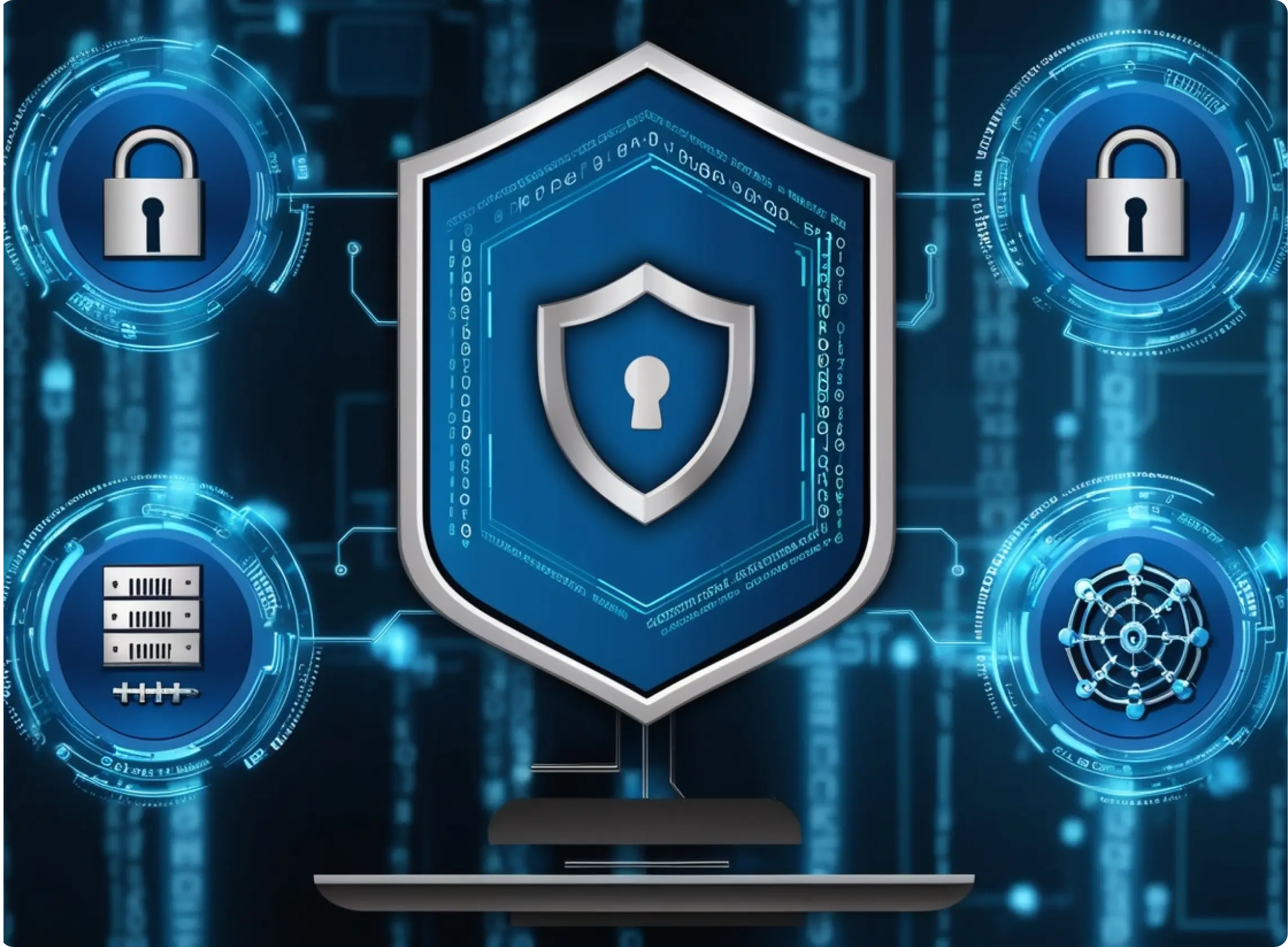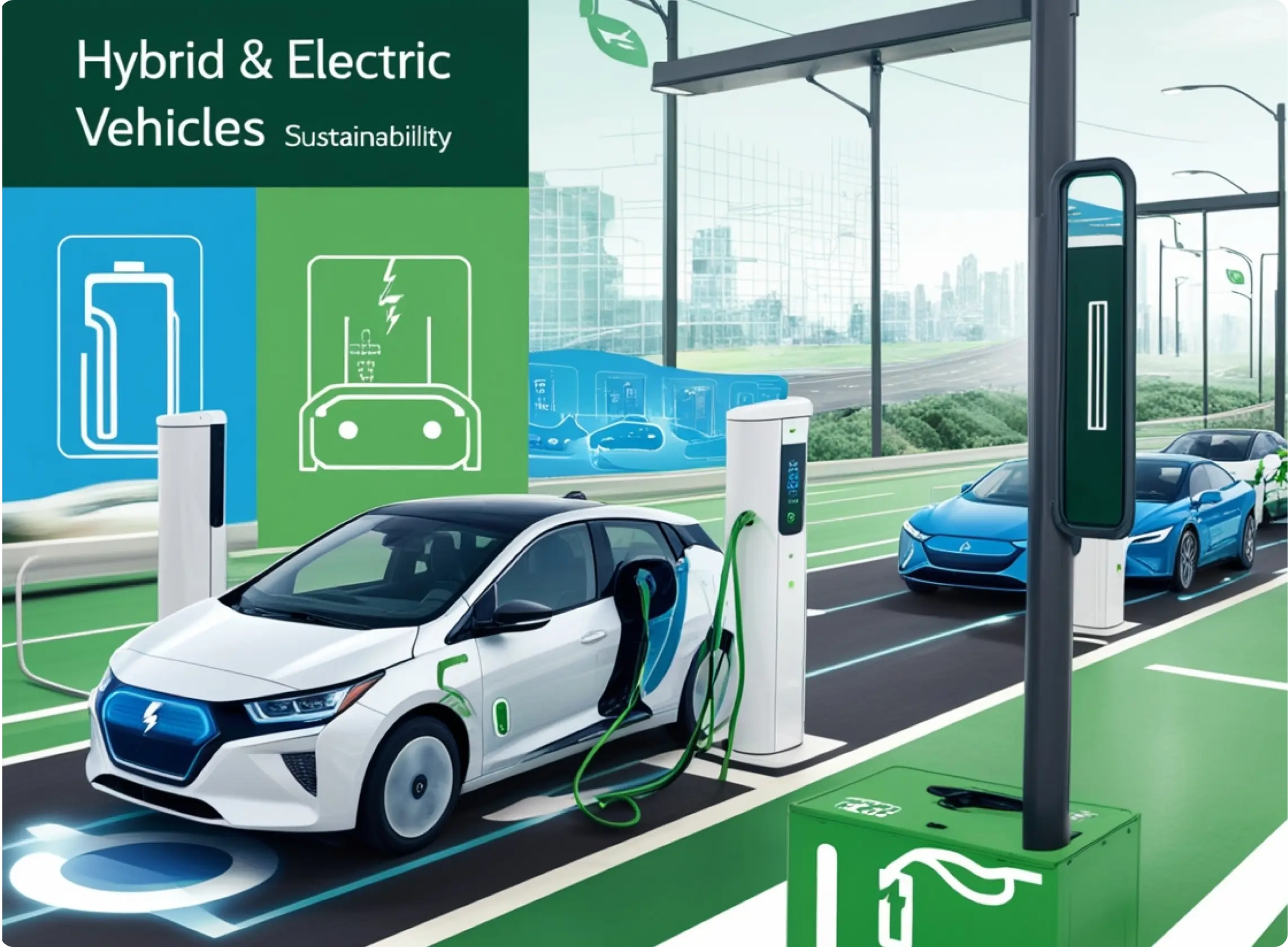The transition from 4G to 5G technology represents one of the most significant advancements in mobile networks. With 5G’s promise of faster speeds, lower latency, and higher capacity, industries across the board are preparing to take advantage of this technology in groundbreaking ways.
5G’s biggest impact will likely be in the realm of the Internet of Things (IoT). The increased bandwidth and reduced latency of 5G networks allow millions of devices to connect seamlessly, enabling smart cities where traffic, utilities, and public safety systems operate in unison. Imagine a city where traffic lights adjust automatically based on real-time traffic conditions, reducing congestion and emissions.
Moreover, 5G is set to revolutionize remote work and healthcare. The COVID-19 pandemic accelerated the adoption of remote work, and 5G will further enhance it by enabling high-quality video conferencing and real-time collaboration tools. In healthcare, telemedicine services will benefit from 5G, providing doctors with reliable connectivity to monitor patients and even perform surgeries remotely.
However, deploying 5G technology comes with challenges. Infrastructure upgrades are required to handle the vast amounts of data that 5G networks can generate. Security is another concern, as the connectivity and speed of 5G make networks more vulnerable to cyber-attacks. Telecom companies are investing in robust security measures to protect user data and maintain trust.
In conclusion, 5G networks are not just an upgrade in speed; they represent a new era of connectivity that will change how we live, work, and interact with technology. As 5G becomes more widely available, it will open up opportunities for innovations that were previously unimaginable.
The transition from 4G to 5G technology represents one of the most significant advancements in mobile networks. With 5G’s promise of faster speeds, lower latency, and higher capacity, industries across the board are preparing to take advantage of this technology in groundbreaking ways.
5G’s biggest impact will likely be in the realm of the Internet of Things (IoT). The increased bandwidth and reduced latency of 5G networks allow millions of devices to connect seamlessly, enabling smart cities where traffic, utilities, and public safety systems operate in unison. Imagine a city where traffic lights adjust automatically based on real-time traffic conditions, reducing congestion and emissions.
Moreover, 5G is set to revolutionize remote work and healthcare. The COVID-19 pandemic accelerated the adoption of remote work, and 5G will further enhance it by enabling high-quality video conferencing and real-time collaboration tools. In healthcare, telemedicine services will benefit from 5G, providing doctors with reliable connectivity to monitor patients and even perform surgeries remotely.
However, deploying 5G technology comes with challenges. Infrastructure upgrades are required to handle the vast amounts of data that 5G networks can generate. Security is another concern, as the connectivity and speed of 5G make networks more vulnerable to cyber-attacks. Telecom companies are investing in robust security measures to protect user data and maintain trust.
In conclusion, 5G networks are not just an upgrade in speed; they represent a new era of connectivity that will change how we live, work, and interact with technology. As 5G becomes more widely available, it will open up opportunities for innovations that were previously unimaginable.
















